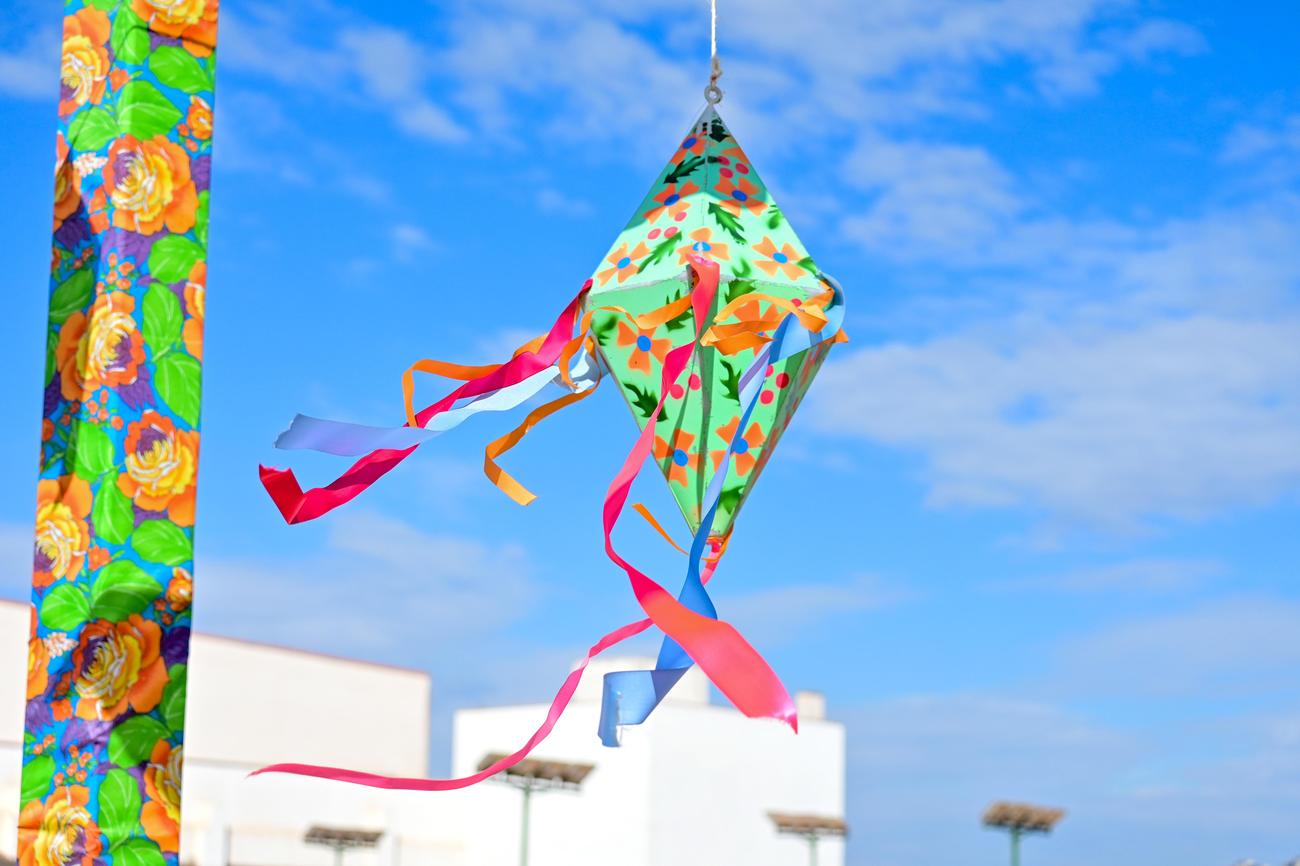Prepare your taste buds for a culinary adventure as we embark on a journey to uncover the undiscovered facts about tamales in Mexico. In this article, we will dive deep into the rich cultural legacy of this beloved dish, exploring its historical significance and the intricate techniques that make it a true masterpiece. As a seasoned culinary writer with a profound passion for Mexican cuisine, I am thrilled to guide you through the tantalizing flavors and traditions that surround tamales. Get ready to be amazed as I unveil the captivating secrets behind this iconic Mexican delicacy.

Facts About Tamales in Mexico
Tamales, a beloved delicacy in Mexican cuisine, hold a deep cultural and historical significance that brings together flavors and traditions passed down through generations. Let’s dive into some fascinating facts about tamales in Mexico, uncovering the secrets behind this timeless dish.
1. Ancient Origins and the Meaning Behind “Tamal”
Tamales have a rich history that dates back centuries. In fact, they originated in Mesoamerica as early as 8000 to 5000 BC. The word “tamal” itself carries a meaningful connection to its preparation. Derived from the Nahuatl word “tamalli,” which means wrapped, it perfectly describes how tamales are made by enclosing corn dough in corn husks or banana leaves.
“The word ‘tamal’ comes from the Nahuatl word ‘tamalli,’ emphasizing the importance of the wrapping in the tamale-making process.”
2. Steamed Corn Dough and Versatile Fillings
At the heart of every tamale is the steamed corn dough. This dough, known as masa, serves as the foundation for this culinary masterpiece. It is made by grinding corn kernels into a fine texture and mixed with broth or lard to achieve the desired consistency.
Tamales offer a diverse range of fillings, catering to varied tastes and regional preferences in Mexico. From succulent chicken and tender beef to savory pork, gooey cheese, and flavorful vegetables, there is a tamale filling to please every palate.
3. A Staple Food and a Popular Snack
Tamales hold a special place in Mexican cuisine, transcending mere culinary delight to become a staple food in the country. Especially during Christmas, tamales take center stage on dining tables across Mexico. The holiday season witnesses the consumption of billions of tamales, emphasizing their significance in festive celebrations and family gatherings.
“Tamales are not just a food, but an integral part of Mexican culture, cementing their place as a staple during festive seasons.”
4. Street Vendors and On-The-Go Delights
While tamales have a prominent presence in traditional settings, they also make a regular appearance on the bustling streets of Mexico. Street vendors, with their enticing aromas and vibrant displays, offer tamales as a popular snack food for those looking for a quick bite on the go. The convenience and deliciousness of street-style tamales have made them a favorite among locals and tourists alike.
5. A Cultural Legacy Passed Through Generations
The art of making tamales reflects the pride and heritage of Mexican culinary traditions. Families often gather to prepare tamales together, creating a shared experience that strengthens bonds between generations. The techniques and ingredients used in tamale-making is a living legacy that has been handed down for centuries, preserving the unique flavors and cultural identity of Mexico.
“Through the preparation of tamales, generations connect and transmit the essence of Mexican traditions, ensuring that this cultural heritage remains alive.”
As you delve into the world of tamales in Mexico, these facts paint a vivid picture of the historical, cultural, and culinary significance embedded within each tamale. From ancient origins to festive traditions, tamales continue to captivate hearts and palates, leaving an indelible mark on Mexican culinary heritage.
So next time you savor a tamale, take a moment to appreciate the flavors and stories woven within this delightful Mexican delicacy.
“Unveiling the cultural legacy of tamales in Mexico reveals a tapestry of flavors, traditions, and heritage that enrich the culinary landscape of this vibrant country.”
Tamales have a rich history and are enjoyed by many cultures around the world. If you’re curious about some fascinating facts about tamales, you’re in for a treat. Find out more about the origins, traditional fillings, and regional variations of these delicious treats by clicking here: facts about tamales. From the mouthwatering flavors to the unique cooking techniques, exploring the world of tamales is sure to be a delightful journey. So, why wait? Dive into the captivating world of tamales and satisfy your craving for knowledge!
Facts about Tamales in Mexico
Tamales have a rich and fascinating history that is intertwined with Mexican culture and culinary traditions. If you’re looking to explore the depths of authentic Mexican cuisine, then you can’t miss out on traditional tamale recipes. These mouthwatering delights have been enjoyed for centuries and hold a special place in the hearts of many. From the classic corn-based dough filled with savory or sweet fillings to the various regional variations, tamale recipes are a true taste of Mexico. Dive into the history of tamales in Mexico and discover how these delicious bundles of joy have evolved over time. From the ancient civilizations to modern-day celebrations, tamales have become an integral part of Mexican culture. So, why wait any longer? Feast your eyes and your taste buds on the rich flavors and textures of tamales by exploring the incredible regional variations of tamales. Whether it’s the delicate Oaxacan tamales or the spicy Yucatecan tamales, each region offers its own unique twist on this beloved dish. So, get ready to embark on a culinary journey like no other! Click here to indulge in the history of tamales in Mexico, and get inspired to create traditional tamale recipes that will transport you to the heart of Mexico.
How to Make Tamales: A Delicious and Authentic Recipe
[youtube v=”4xiwU4mNDwY”]
Tamales are a beloved traditional dish originating in Mesoamerica that has been enjoyed for thousands of years. This article will guide you through the process of making delicious beef tamales, just like the ones you would find in Mexico. Follow these simple steps, and you’ll be able to create tender, moist, and flavorful tamales that will be a hit at any gathering.
Soaking the Corn Husks
To begin, you’ll need to soak around 40 to 45 corn husks in hot water for about two hours. This will make them pliable and easier to work with when assembling the tamales.
Preparing the Meat Filling
For this recipe, we will be using a boneless chuck roast, but you can use the cut of beef of your choice. Cut the roast into chunks and place them in a crockpot. Add one beef bouillon cube (or two teaspoons of salt), two cups of water, a small onion (halved), three to four cloves of garlic, and a dried bay leaf. Cook on high for six to seven hours or braise for three hours on the stovetop until the meat is tender. Once cooked, remove the onion and shred the beef. Set it aside for later use.
Making the Chili Puree
For the chili puree, you’ll need two pasilla chilies, two ancho chilies, and eight guajillo chilies. Remove the stems and seeds from the chilies, then rinse them thoroughly. Place the chilies in a pot and cover them with water. Bring the water to a boil and then allow the chilies to steep until they become pliable. This usually takes about 30 minutes. Once softened, drain the chilies and set them aside.
Blending the Chili Puree
In a blender, combine the soaked chilies, one small onion from the crockpot, two fresh cloves of garlic, and one cup of beef broth. Puree the mixture until smooth. If necessary, strain the puree to remove any bits that didn’t completely blend.
Cooking the Beef Filling
Heat two tablespoons of oil in a pan over medium heat. Add the chili puree, a teaspoon and a half of salt (adjust to taste), and mix well. Allow the mixture to simmer for about a minute. Then, add the shredded beef and let it simmer for a couple more minutes. Your beef filling is now ready.
Preparing the Masa
In a large mixing bowl, combine four cups of instant corn flour, two and a half teaspoons of baking powder, and a teaspoon and a half of salt. Mix well. Next, add around a cup and a quarter of beef tallow to the flour mixture and combine thoroughly. If preferred, you can use lard or shortening instead. Optionally, add a third cup of chili puree to the masa.
Gradually pour in two cups of reserved beef broth and mix until the dough achieves a loose play-doh-like texture. If needed, add warm water, a little at a time, until the desired consistency is reached. Keep in mind that the masa tends to dry out, so have extra warm water on hand as you assemble the tamales.
Assembling the Tamales
Take a corn husk and spread a layer of masa on the smooth side, covering the midsection to the top of the husk. Add a generous amount of beef filling down the center of the masa. Roll the corn husk tightly to enclose the filling, folding in the sides. Repeat this process until all the tamales are assembled.
Steaming the Tamales
In a large pot, add around two and a half liters of water, a steamer plate, and a small bowl in the center. Carefully stack the tamales upright around the bowl. Cover the tamales with leftover corn husks, place a damp cloth on top, and cover with a lid. To ensure the water is boiling and to monitor the level, you can add marbles or coin to the pot. Cook the tamales for about an hour to an hour and a half.
Serving and Enjoying
Once the tamales are cooked, allow them to rest for 20 to 30 minutes. Serve them warm, and appreciate their tender texture and mouthwatering flavor. Tamales are a perfect dish to share with family and friends and to celebrate the rich culinary heritage of Mexico.
Making tamales is a true labor of love, steeped in cultural significance, and passed down through generations. So, gather your loved ones, follow this recipe, and indulge in the joy of creating this traditional Mexican delicacy.

FAQ
Q: How long have tamales been around?
A: Tamales have been around for centuries and originated in Mesoamerica as early as 8000 to 5000 BC.
Q: What is the origin of the word “tamal”?
A: The word “tamal” comes from the Nahuatl word “tamalli,” which means wrapped.
Q: How are tamales traditionally made?
A: Tamales are traditionally made by steaming corn dough wrapped in corn husks or banana leaves.
Q: What fillings can be used in tamales?
A: Tamales can be made with a variety of fillings, such as chicken, beef, pork, cheese, and vegetables.
Q: When are tamales most commonly eaten in Mexico?
A: Tamales are a staple food in Mexico and are especially popular during Christmas. It is estimated that billions of tamales are eaten during the holiday season.
- Udyogini Scheme 2024: Empowering Women Entrepreneurs in Karnataka - December 19, 2024
- UVA GPA Calculator: A Comprehensive Guide to Calculating Your Semester & Cumulative GPA - December 19, 2024
- A Holistic Approach to Wellness: Exploring the Benefits of TimesHealthMag.com - December 19, 2024













